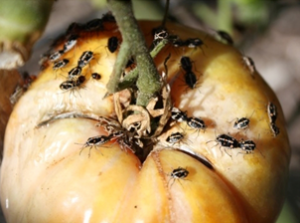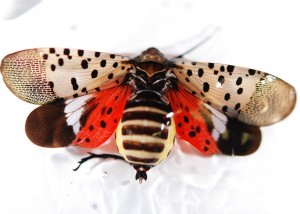 An unwelcome guest has recently been plaguing the plant life in Pennsylvania. These are nothing but Spotted Laternflies, which are beautiful, colourful insects and might seem like any other nuisance bug; but which are can prove to be extremely dangerous. The invasive pest poses a threat to fruit orchards and grape vines, along with forests and the timber industry. It attacks trees by feeding on sap and harms them further by excreting large amounts of a fluid that coats leaves and stems and encourages the growth of mold, according to researchers.
An unwelcome guest has recently been plaguing the plant life in Pennsylvania. These are nothing but Spotted Laternflies, which are beautiful, colourful insects and might seem like any other nuisance bug; but which are can prove to be extremely dangerous. The invasive pest poses a threat to fruit orchards and grape vines, along with forests and the timber industry. It attacks trees by feeding on sap and harms them further by excreting large amounts of a fluid that coats leaves and stems and encourages the growth of mold, according to researchers.
The Spotted Lanternfly is about one inch long and a half-inch wide, and is native to China, India, Japan and Vietnam. The insect uses its “piercing and sucking mouthparts” to drain stems of sap while at the same time excreting a lot of liquid. Due to the sugar content of the liquid, plant parts covered with spotted lanternfly excretion harbor mold growth, which could hinder plant growth. This can reduce photosynthesis, weaken the plant, and eventually contribute to the plant’s death. In addition, feeding can cause the plant to ooze or weep. It’s described as a weak flyer but a “strong and quick jumper,” and it’s done some serious damage in Korea, where it was introduced in 2006; it has since attacked some 25 plant species that can also be found in Pennsylvania. Spotted lanternfly feeds on a variety of host plants including fruit trees, ornamental trees, woody trees, and vines.
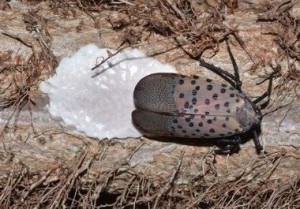 This pest poses a significant threat to the state’s more than $20.5 million grape, nearly $134 million apple and more than $24 million stone fruit industries. Pine and hardwood logging in Pennsylvania also accounts for $12 billion in sales. The damage caused by this pest is so much so that around 5 Pennsylvania townships and 2 boroughs are on high alert after the state Department of Agriculture confirmed the presence of an invasive insect that threatens its grape vines, fruit trees and logging industry. To date, delimiting surveys conducted by the Pennsylvania Department of Agriculture (PDA) indicate that the infested area may be approximately 30 square kilometers (11.6 square miles) in six townships and two municipalities in eastern Berks County.
This pest poses a significant threat to the state’s more than $20.5 million grape, nearly $134 million apple and more than $24 million stone fruit industries. Pine and hardwood logging in Pennsylvania also accounts for $12 billion in sales. The damage caused by this pest is so much so that around 5 Pennsylvania townships and 2 boroughs are on high alert after the state Department of Agriculture confirmed the presence of an invasive insect that threatens its grape vines, fruit trees and logging industry. To date, delimiting surveys conducted by the Pennsylvania Department of Agriculture (PDA) indicate that the infested area may be approximately 30 square kilometers (11.6 square miles) in six townships and two municipalities in eastern Berks County.
The below article would aptly describe the threat posed by these pesky insects.
Invasive insect found in Berks County feeds on fruit, ornamental, woody trees
By Vincent Cotrone
November 16, 2014
The first American chestnut disappeared from our forests and landscapes in the early 1900s when an exotic fungal disease, cryphonectria parasitica, aka chestnut blight, was accidentally introduced.
Next it was American elms that we lost to an imported disease in the 1960s. More recently, we have seen imported insects such as Emerald Ash Borer killing millions of native ash trees across the Eastern United States, Hemlock Woolly Adelgid, a tiny aphid like insect, causing major declines in native hemlock, and Asian Longhorned Beetles threatening maples in New York and New England.
“When will it end?” you might ask yourself. Apparently not anytime soon, because a new invasive insect (a planthopper) named the Spotted Lanternfly (Lycorma delicatula) has just been discovered in Berks County. This pest is native to China, India and Vietnam. It attacks and feeds on many host plants including fruit trees (apples, pears, plums), ornamental trees, woody trees and vines. Apples, birch, cherry, dogwood, grapes, lilac, maple, poplar, stone fruits and tree-of-heaven are among more than 70 species of hosts attacked by this pest.
Adults and nymphs feed on phloem tissues of foliage and young stems with their piercing and sucking mouthparts and excrete large quantities of liquid. Due to the sugar content of the liquid, plant parts covered with spotted lanternfly excretion harbor mold growth, which could hinder plant growth or even cause death.
Think this is just another nuisance bug? Think again. This pest poses a significant threat to the state’s more than $20.5 million grape, nearly $134 million apple and more than $24 million stone fruit industries. Pine and hardwood logging in Pennsylvania also accounts for $12 billion in sales.
As the state Department of Agriculture tries to control the spread of this new pest by placing quarantines on the movement of plants, wood and stone materials out of Berks County, it will also be conducting surveys across the commonwealth to determine if the infestation is wide spread. This is where the home gardener and commercial landscaper or arborist comes in.
A research paper about the bug’s spread in Korea explains why it can be tough to control: “Furthermore, no natural enemy of L. delicatula seems to exist in Korea. Thus, farmers use pesticides to control them in vineyards (Park et al. 2009). However, the use of pesticides kills natural enemies of other grape pests and L. delicatula can repopulate pesticide-sprayed areas from nearby forested areas, which contain suitable host species.” Evidently, we need a solution which would prevent the spread of these insects, but at the same time not harm the beneficial pests in any way.
At C Tech Corporation, we offer a safe and infallible solution to deal with these tiny insects. Termirepel™ is a non-toxic, non-hazardous product that primarily repels insects from the application. It is a broad spectrum repellent which works against almost 500 species of pestering bugs thus efficaciously fending them away from the application. The best feature of this product is that it is an eco-friendly product that causes no harm to the insect as well as humans and the environment. It is available in masterbatch and lacquer form, and as a liquid solution. To keep these insects at bay, this product can be coated on the tree trunks in lacquer form. The repelling mechanism of the product would ward off the Spotted Lanternfly and any other insect that could harm our beloved trees. Thus, using Termirepel™ would effectively ensure that our cherished trees remain protected from this destructive pest!

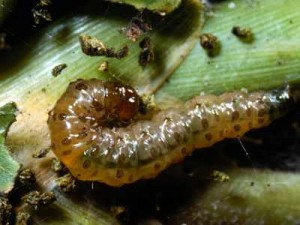
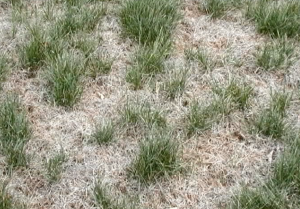
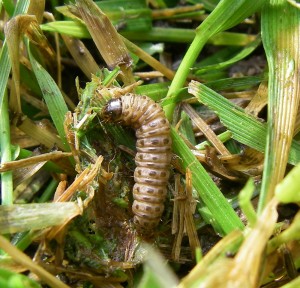
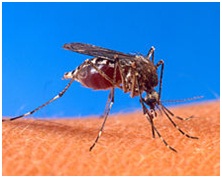
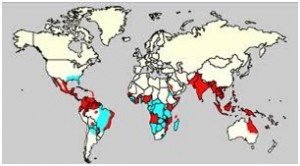
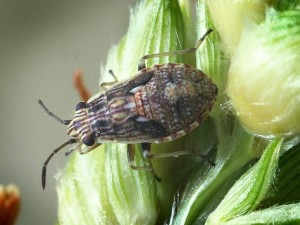
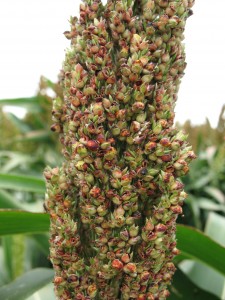

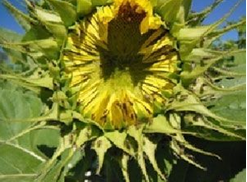
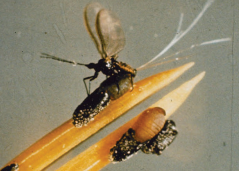
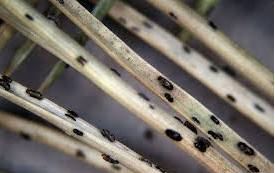



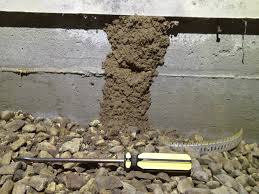



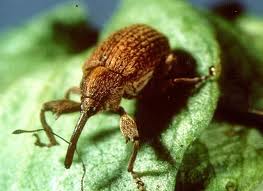

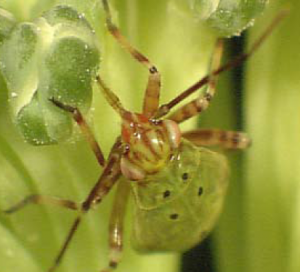
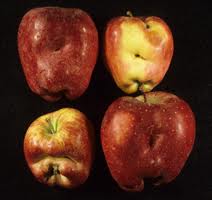

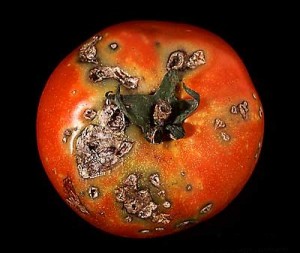
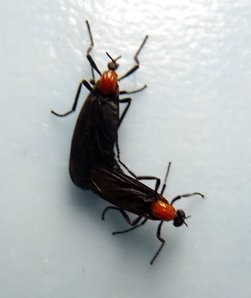
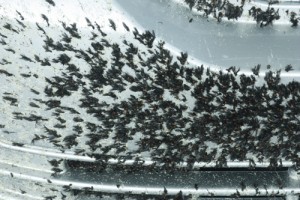
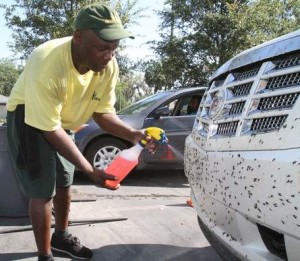
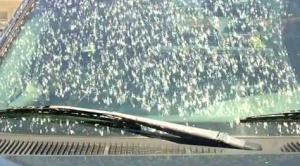
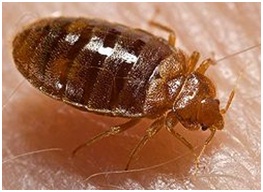
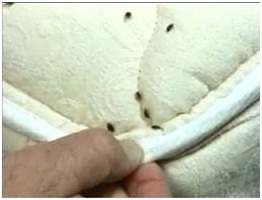
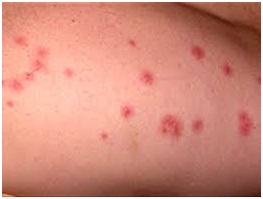
 family Siricidae. Of greatest concern are the large, non-stinging wasps that normally are attracted to and complete their life cycles in newly dead or dying conifer trees. Timber salvaged from these trees can be processed into infested lumber. This can lead to adult wasps emerging in recently completed buildings or structures.
family Siricidae. Of greatest concern are the large, non-stinging wasps that normally are attracted to and complete their life cycles in newly dead or dying conifer trees. Timber salvaged from these trees can be processed into infested lumber. This can lead to adult wasps emerging in recently completed buildings or structures.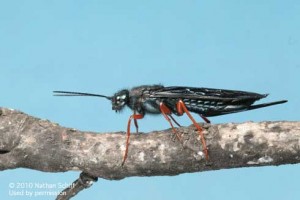
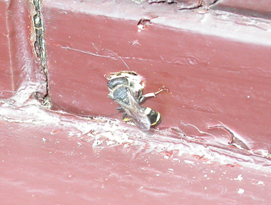 ed, usually fewer than a dozen. Emerging wood wasps can chew throughjust about any substance, and you can see their large exit holes in wallboard or plaster walls, hardwood floors, linoleum, carpeting, nonceramic floor tiles, and other interior surfaces.
ed, usually fewer than a dozen. Emerging wood wasps can chew throughjust about any substance, and you can see their large exit holes in wallboard or plaster walls, hardwood floors, linoleum, carpeting, nonceramic floor tiles, and other interior surfaces.
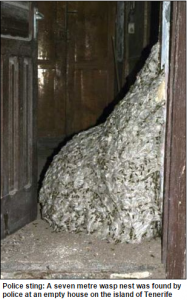
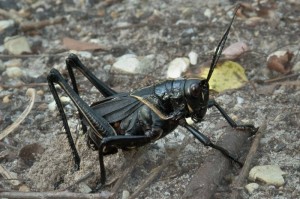
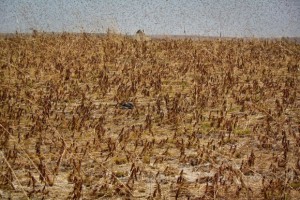
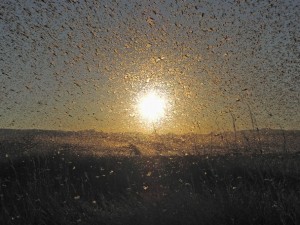

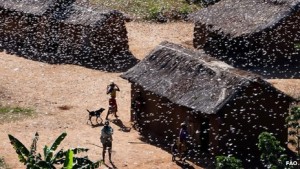
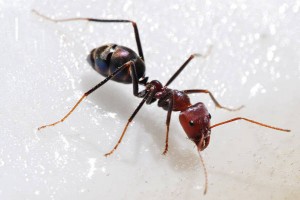
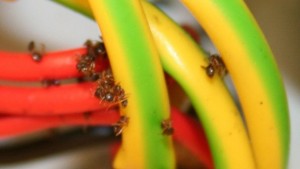
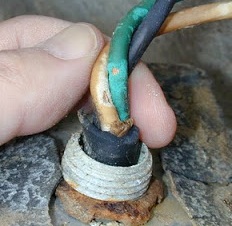
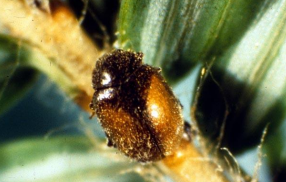
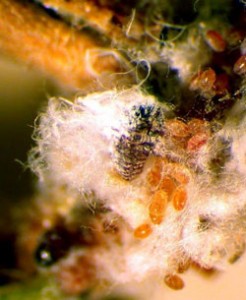


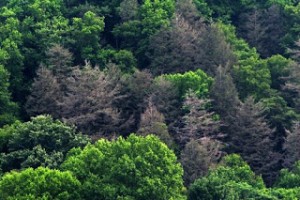
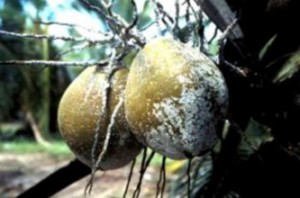
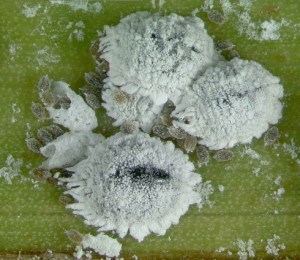
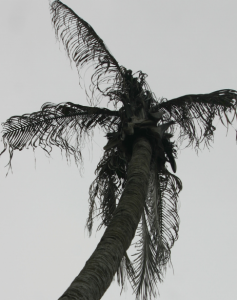
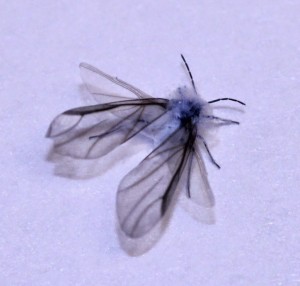
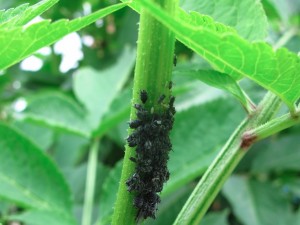
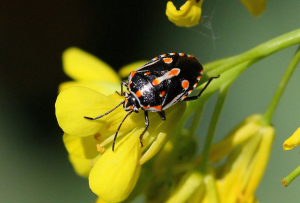
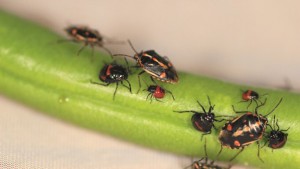 to feast on, and that they lay most of their eggs in the soil, thus making traditional predators worthless as possible controls. The infestation may be widespread covering the stems and leaves of the tree, leaving fecal droppings on the backsides of leaves. Local growers estimated that in some fields Bagrada bugs caused as much as 35% yield loss in green cabbage and greater than 35% yield loss in red cabbage! In broccoli, damage estimates by growers have ranged from 15‐30% losses due to these insects.
to feast on, and that they lay most of their eggs in the soil, thus making traditional predators worthless as possible controls. The infestation may be widespread covering the stems and leaves of the tree, leaving fecal droppings on the backsides of leaves. Local growers estimated that in some fields Bagrada bugs caused as much as 35% yield loss in green cabbage and greater than 35% yield loss in red cabbage! In broccoli, damage estimates by growers have ranged from 15‐30% losses due to these insects.
